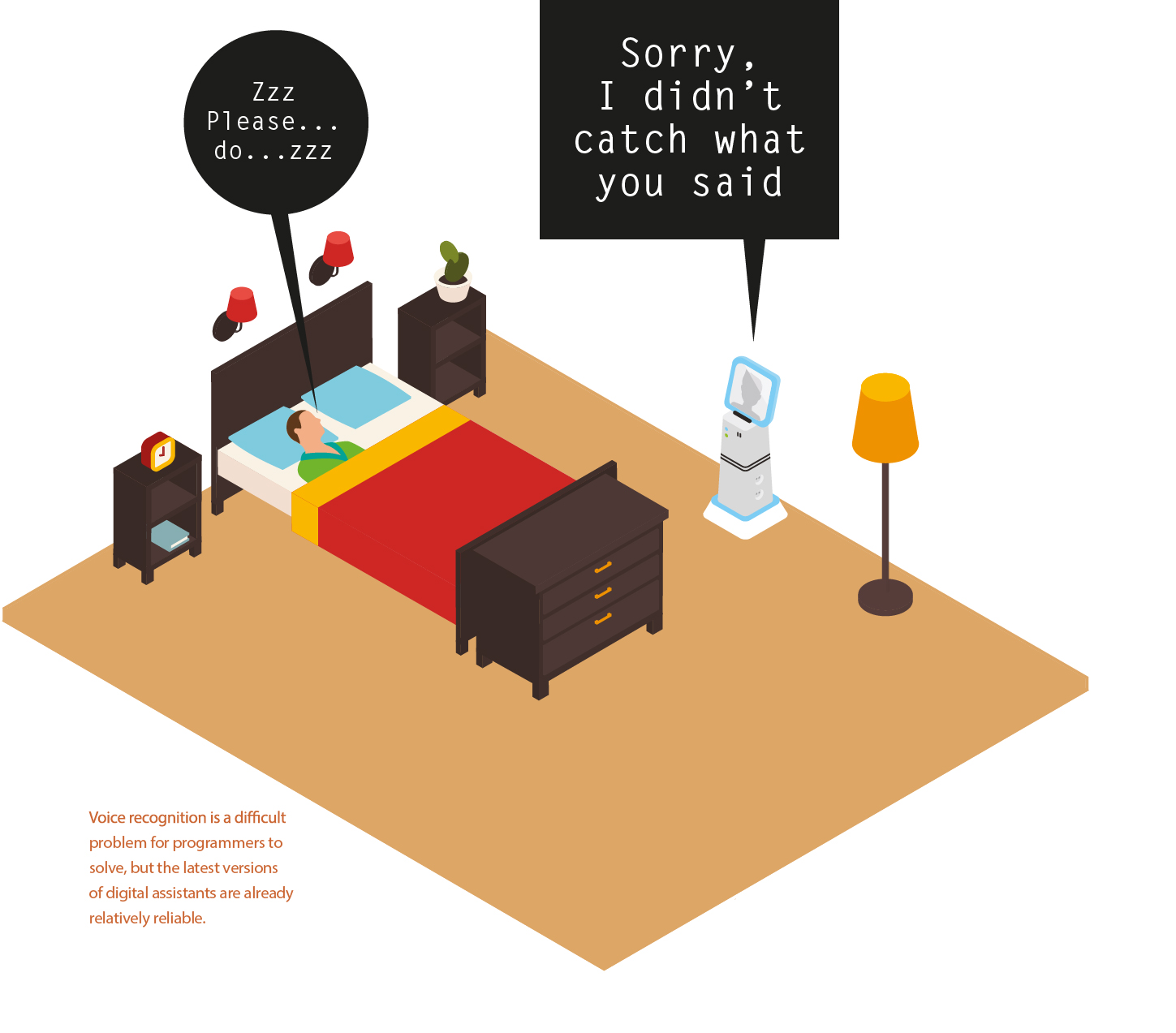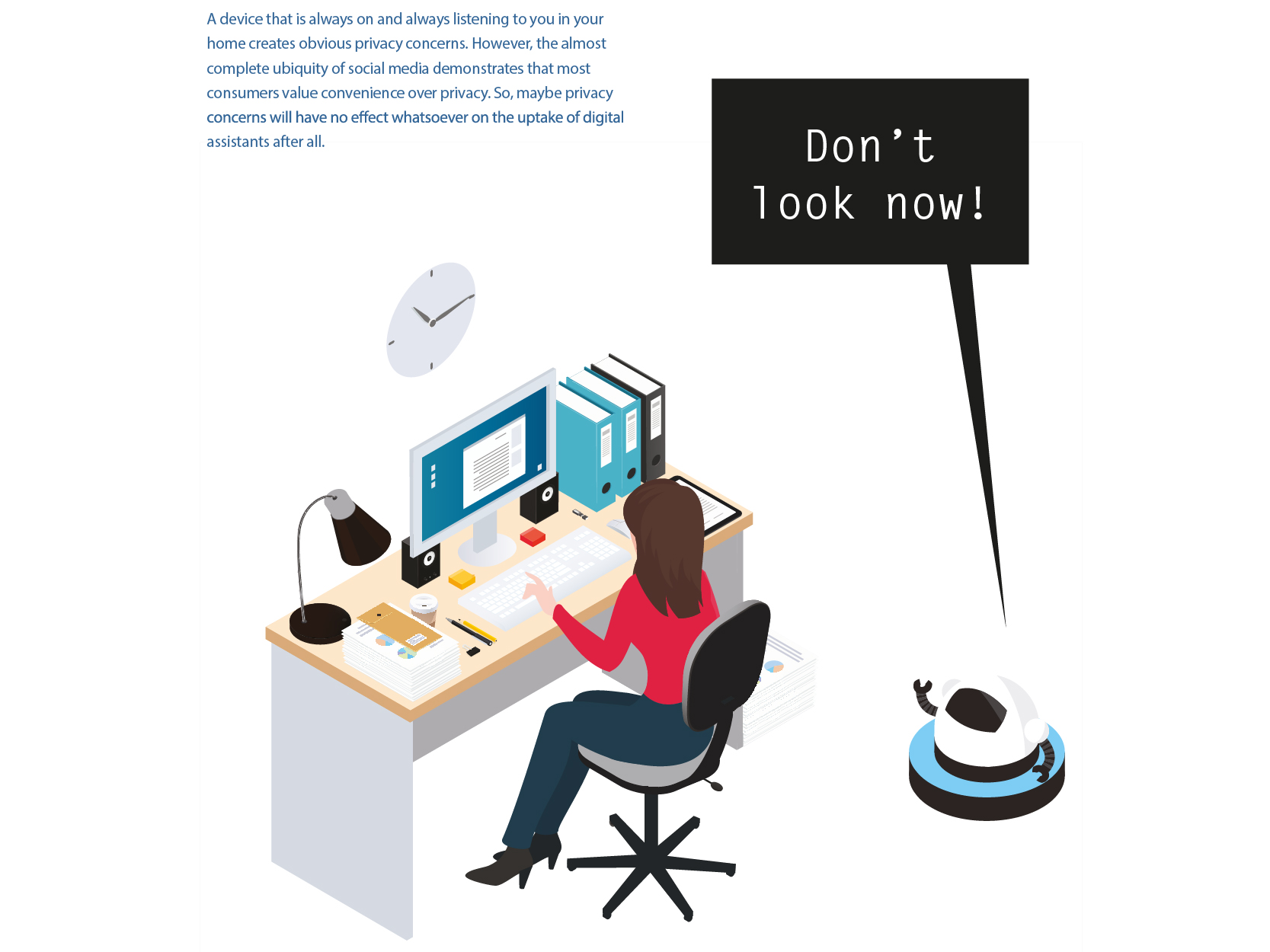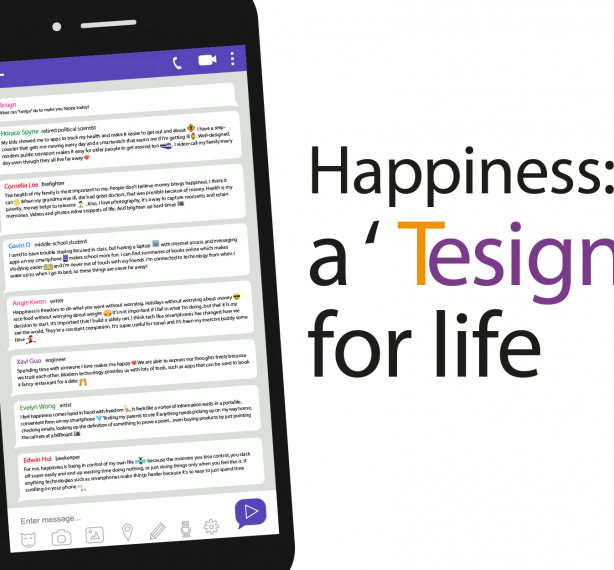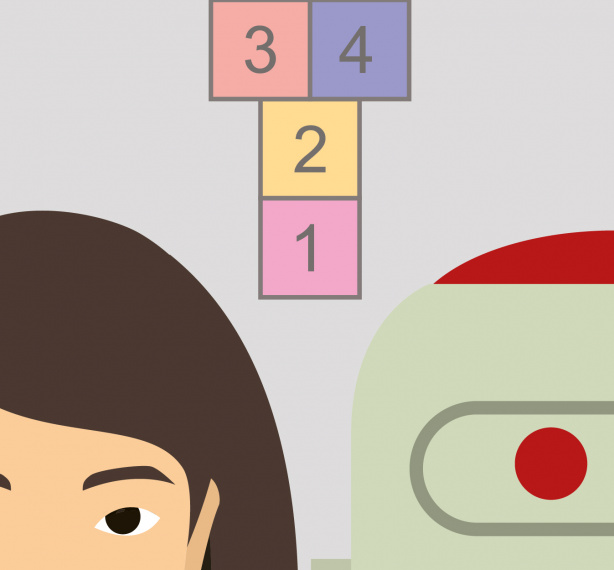3 1/2 problems for digital assistants
Digital home assistants promise to make life easier and happier. But a few problems stand in their way
Imagine asking your Alexa to suggest geographically-relevant restaurants for lunch with your colleague while you get the kids off to school. Or think about being able to shout to Google Home, “hey, is my flight on time?” and having the response shouted back. Your restaurant reservations? Your favorite doctor ‘dropping by’ virtually to check on a lingering cold? Ask Microsoft’s Luis.
All of these functions are either already in existence, or soon to be. They are part of a globally-in-demand focus on digital home assistants like Amazon’s Alexa and Echo, Microsoft’s Luis and Google Home that make life easier and more streamlined. But that doesn’t mean that it’s all smooth sailing in the world of AI as it applies to making a household run more efficiently. The proliferation of voice-capable digital devices on the market has brought to light a few glaring problems within the sector. And it’s in the solving of these issues that the future success of digital devices lies.

|
Sorry, I didn’t catch what you said “Consumers are becoming more comfortable with voice assistants because of their ubiquity,” said Ashish Aggarwal, a principal at Grishin Robotics, a San Francisco-based venture capital company which funds start-ups in this arena. “More and more devices are being built with voice capabilities. The understanding of the infrastructure is getting better and better and multiple languages are being understood.” Naturally, technology has to be at the forefront of that. Examples include Snips, a leading European AI and voice platform company that aims to revolutionise voice comprehension in digital devices; a recent study conducted by the company found that the platform was able to understand seven times more varieties of queries than its better-known counterparts. It runs independently from the cloud, is resilient to internet outages and allows both makers and enterprise hardware companies to enhance their connected devices through a voice assistant with full anonymity. The Snips Voice Platform runs on simple Raspberry Pi devices and offers both ASR (Automated Speech Recognition) and NLU (Natural Language Understanding), being able to comprehensively handle both English and French on ASR and English, French, Spanish, German and Korean on NLU platforms.
|
OK, buying two tickets to Khatanga Voice recognition is one thing. Nuance, quite another. Everyone has a story of purchases being made unbidden, or random phone numbers being dialled. Simple common sense, say experts, can avoid some of that - at least until these devices can replicate human thinking. “Use as few words as possible,” said Alysa Kleinman, founder of the Smart Home Solver blog. “Instead of, ‘Alexa, turn on all of the lights’ just say, ‘Alexa, lights on.’ Another trick: study the exact phrasing listed in the skills installed in the device: it will tell you what phrases will work most clearly. It’s not as user-friendly a solution as it should be, but that’s what it takes. |

|

|
Why am I here? If these devices were human, they would be in the throes of an existential crisis. After all, there is no end of apps and cloud-based capabilities that can do all the things an Alexa can do. So who needs a device? The question can be answered with another question: why use your hands when your voice will work just fine? That’s the view of Andrew Selepak, professor in the department of telecommunication at the University of Florida and director of the graduate program in social media. “My Google Home sits in my kitchen which is right in the middle of the house. If I come in through the front door or the backdoor, it is close enough for me to say, “Hey Google, turn on the living room light,” and suddenly there is light in the house. Of course, I also have an app on my phone that can do the same thing. But sometimes I am coming into the house with my arms full with keys, groceries, luggage, or other purchases and I can’t grab my phone, open it, and turn on the lights with the app.” His device, he said, is also his music center; “I could use an app to play music, and then connect my phone to a wireless speaker. But with Google Home, I just tell the device the music I want to hear and it plays without me having to touch a button.” There are also niche outgrowths: US-based Intuition Robotics, helmed by entrepreneur Dor Skuler, is soon to bring to market Elli-Q, an artificially intelligent ‘aging companion’. The sleek, attractive device is designed to be intuitively easy to use for older adults who may be confused by the wealth of technological options around them. Call out to Elli.Q to get a family member on video chat or to hook up to online games. The device, having tracked the user’s particular interests, might suggest a TED talk, offer a piece of music or audiobook and remind the user to take a walk after dinner or prompt them to take their medicine - and it feels a lot more tangible than an app. |
Don’t look now All this ubiquity brings up another real concern; privacy. Does everyone want a device listening in on their every conversation? Amazon Echo Show, for example, will have a new ‘pop-in feature’ that will allow specified friends and family members to ‘stop by’ anytime they like for an instant video chat. “This feature for some families will be very beneficial,” said Jess Tiffany, president at the Marketing and Networking University of Normandale Community College in Minneapolis. “The rest of us will just think it’s creepy and have the feature disabled.” If you’re going to have an online presence, or communicate electronically, privacy is often sacrificed, said Aggarwal. “Companies are capturing all this data and using it to make their current models more accurate,” he said. “But the systems are not private by design, and we end up sharing a lot more data and details than we anticipated.” Those who value their privacy have every right to be concerned. Paul Bischoff, privacy advocate at technology review site Comparitech.com, says that privacy needs to be sacrificed for the benefit of convenience; “Users need to realise that their Echoes and Homes will record and store every query submitted to them on cloud servers owned by each respective company,” he said. “This is done for two reasons. The first is personalisation. In order for voice assistants to improve their effectiveness, they need to learn. And to learn, they need to identify patterns. The user’s location, frequent topics, accent, habits, and more can help generate better results. The second reason is to make a profit. The information gathered by these companies is often aggregated or de-identified and used for advertising and promotional purposes, such as product recommendations on Amazon.” Still, it’s not all bad news, said Bischoff. “While these devices are technically always listening, they aren’t always recording,” he said. “They listen in short snippets until the trigger phrase is recognised (Hey Alexa). Only then will it save a recording and upload it to the cloud for analysis. These transmissions are encrypted so they cannot be intercepted and deciphered by anyone on the network between the end user and the company servers.“ Nonetheless, it always pays to be mindful, especially until the time that these devices are advanced enough to recognise specific voices. Until then, anyone entering the home can make purchases or access personal information. “Yes, (they) are always listening,” said Selepak. “But it wouldn’t do what I need it to do if it wasn’t.” |

|
Others

Latest News | 1 December 2017
Five cities where ‘tesign’ is creating happiness

Latest News | 1 December 2017
Happiness: a ‘Tesign’ for life

Latest News | 1 December 2017
AI Centaurs

Latest News | 1 December 2017
Designing an AI that Cares

Latest News | 1 December 2017
Space to Breathe

Latest News | 1 December 2017
When Big Data Gets Too Big

Latest News | 1 December 2017
The Art of Extension

Latest News | 1 December 2017
Hong Kong’s homegrown zombie invasion
